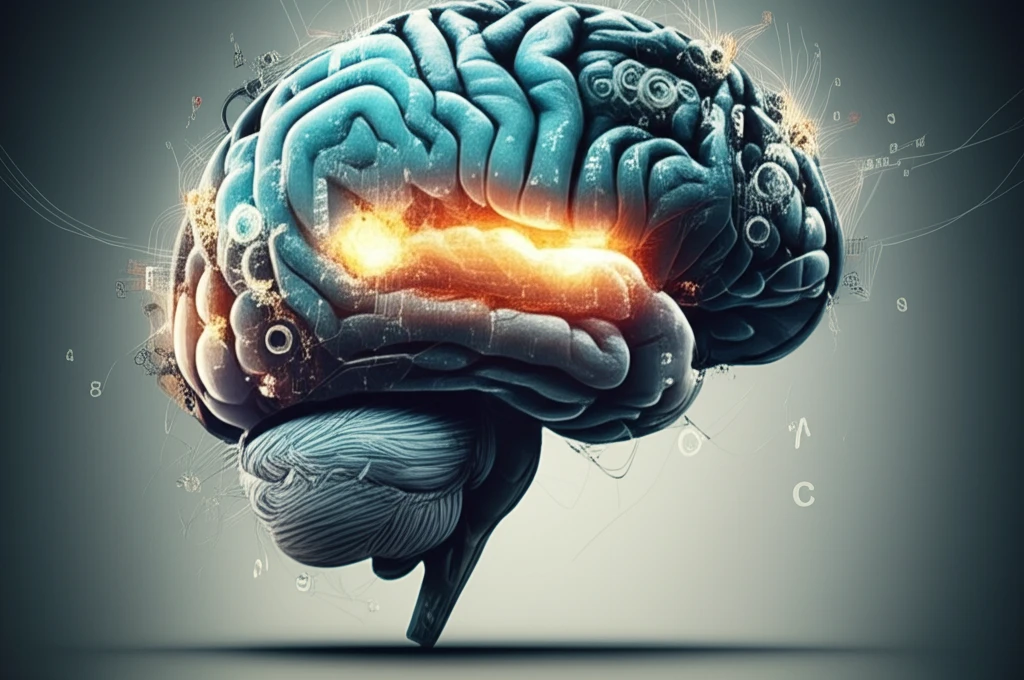
Unlock Your Memory Potential: How the Generation Effect Boosts Learning
"Discover the neuroscience behind the generation effect and how actively creating information enhances memory and recall for lasting learning benefits."
In the quest for better learning and memory, countless strategies vie for attention. Among these, the 'generation effect' stands out as a particularly potent technique. It suggests that we remember things better when we actively generate the information ourselves rather than passively receiving it. This concept isn't just a theoretical curiosity; it's backed by solid neuroscience and has practical implications for anyone looking to improve their memory.
The generation effect is a phenomenon where an individual recalls information more effectively if they have produced it themselves during the learning phase. It contrasts with simply reading or hearing something, where the information is externally presented. The core idea is that the act of creating or 'generating' information strengthens its encoding in our brains, making it easier to retrieve later.
Imagine you're trying to remember a pair of words, like 'LEAF-VEGETABLE.' According to the generation effect, you're more likely to remember 'VEGETABLE' if you actively figure it out from a cue (like 'LEAF-VEGET__') than if you simply read 'LEAF-VEGETABLE.' This active engagement sparks greater neural activity, forging stronger memory traces.
Decoding the Generation Effect: What Does the Science Say?

Recent research employing event-related potentials (ERPs) has shed light on the brain activity underlying the generation effect. ERPs are a non-invasive technique that measures electrical activity in the brain using electrodes placed on the scalp. By analyzing ERP patterns, scientists can observe how the brain responds to different cognitive tasks, such as encoding information.
- Increased Brain Activity: The study found that successfully encoded words in the generate condition were associated with greater ERP magnitude compared to the read condition. This increased activity occurred between 900 to 1800 milliseconds after the stimulus, particularly in the middle, frontal, and parietal areas of the brain.
- Executive Control Matters: Interestingly, this additional brain activity was correlated with executive control abilities. Executive functions are cognitive processes that help us plan, organize, and regulate our behavior. The correlation suggests that the generation effect relies, in part, on these higher-level cognitive functions.
- Right Hemisphere Dominance: The enhanced brain activity was more pronounced in the right hemisphere, indicating that generating information might engage different neural pathways compared to passively reading.
Maximize Your Memory: Practical Applications of the Generation Effect
The generation effect offers a straightforward yet powerful way to improve memory and learning. Whether you're a student, a professional, or simply someone looking to keep your mind sharp, incorporating active generation techniques can make a significant difference. By actively engaging with information, you not only remember it better but also deepen your understanding and retention. The key is to find ways to transform passive learning into active creation, turning everyday tasks into opportunities for cognitive enhancement.
